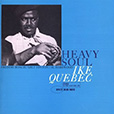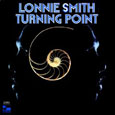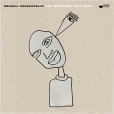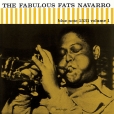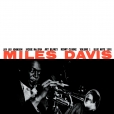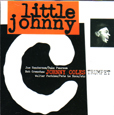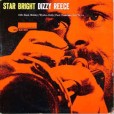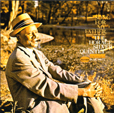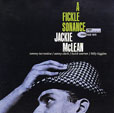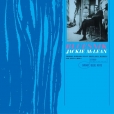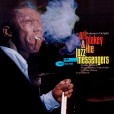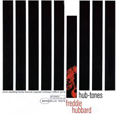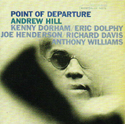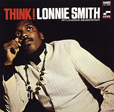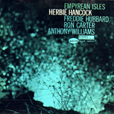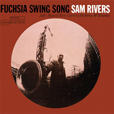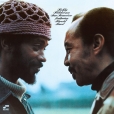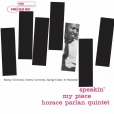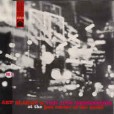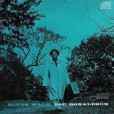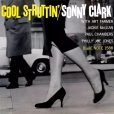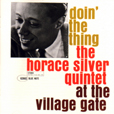Your basket is empty

At the turn of the sixties, pushing at the soul-jazz envelope (and tripping out on Eleanor Rigby) — with Lee Morgan, Julian Priester, Bennie Maupin, Melvin Sparks, and Leo Morris.
‘Classic Vinyl series.’
‘Classic Vinyl series.’
The fine trumpeter in 1963 — fronting a cor-blimey line-up of Joe Henderson, Duke Pearson and Pete La Roca — when he was with Gil Evans, years before stints with Mingus, Herbie, the Duke, Blakey.
‘Classic Vinyl Series’.
‘Classic Vinyl Series.’
His third Blue Note as leader, in 1964, with Kenny Dorham, McCoy Tyner, Richard Davis and Elvin Jones. Rhythmically rooted in Trane, unsurprisingly, but Dorham and especially Henderson go their own searching, purposeful ways. The first three are his own compositions. Ace.
Featuring the almightily beloved, filial jazz standard.
Stevie nicked the horn riff for Don’t You Worry ‘Bout A Thing. (Steely Dan and Madlib followed suit.)
The great pianist in between bands in 1963-4, with Joe Henderson and Carmell Jones. Monumental hard bop; a key Blue Note.
‘Classic Vinyl Series.’
The rivetingly lucid, acrobatic expression of raw emotion characteristic of this altoist, fronting the same unit which had recently recorded Sonny Clark’s masterpiece Leapin’ And Lopin’, including Tommy Turrentine, Butch Warren and Billy Higgins.
Supposedly Clark came across the music of the opener knocking around Monk’s apartment. Amongst five JM originals, the title track shows how hard bop was too hip to sit still or look back. Sundu is a tasty Clark blues.
The more expensive new LP is in the all-analogue Blue Note 80 Vinyl series.
Scorcher. Crucial Jackie Mac, with Pete La Roca also on top form.
‘Classic Vinyl Series.’
In the ‘Blue Note Classic Vinyl’ series.
A cor-blimey line-up, and a masterpiece, recorded on the first day of spring in 1964. Dorham, Dolphy, Joe Henderson, Richard Davis, Tony Williams.
‘Classic Vinyl Series.’
‘Classic Vinyl Series.’
Fresh from his stint for Miles, the saxophonist with Tony Williams, Ron Carter and Jaki Byard in 1964 — meshing the great jazz tradition and the avant-garde in his own path-breaking way.
‘Classic Vinyl Series’.
With the Turrentines. ‘Classic Vinyl Series.’
It’s a must. The bluesy, grooving title track is essential Sonny. With Art Farmer (playing superbly), Jackie McLean, Philly Joe Jones and Paul Chambers.
Blue Note Classic Vinyl series: all-analogue, mastered by Kevin Gray from the original master tapes.
The new LP is in the ‘Blue Note Classic Vinyl’ series.
